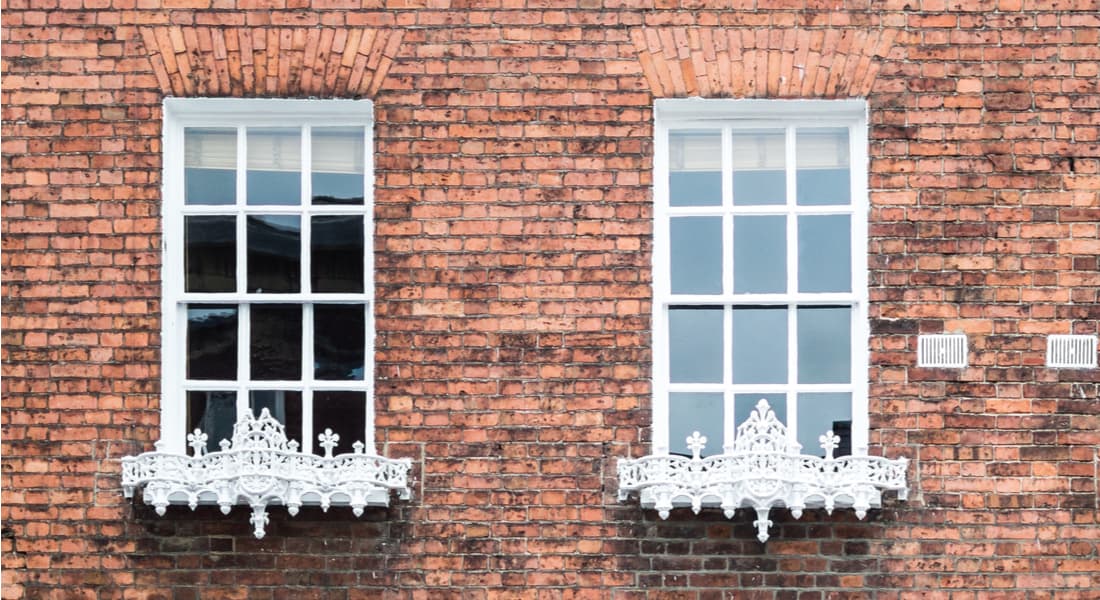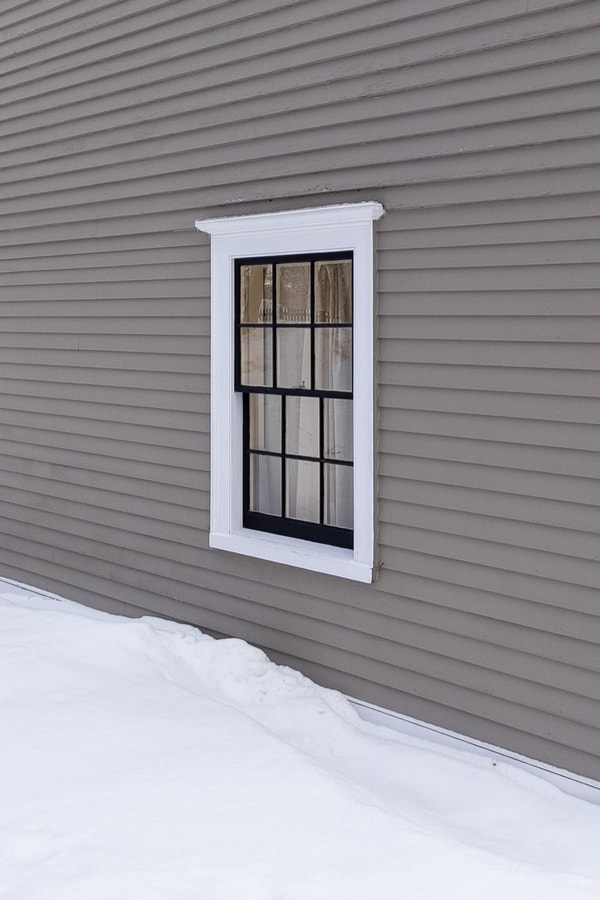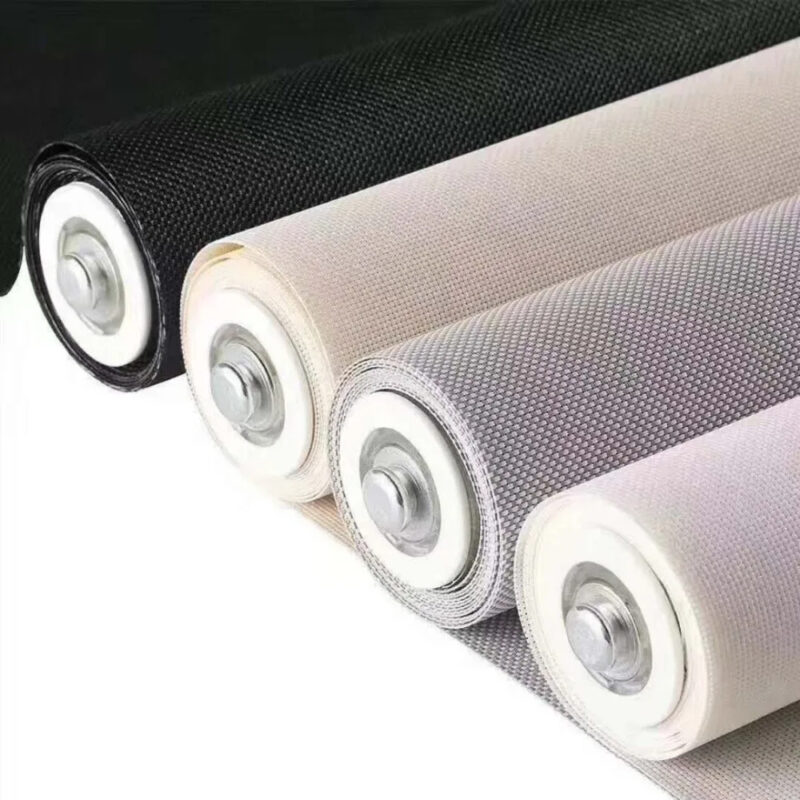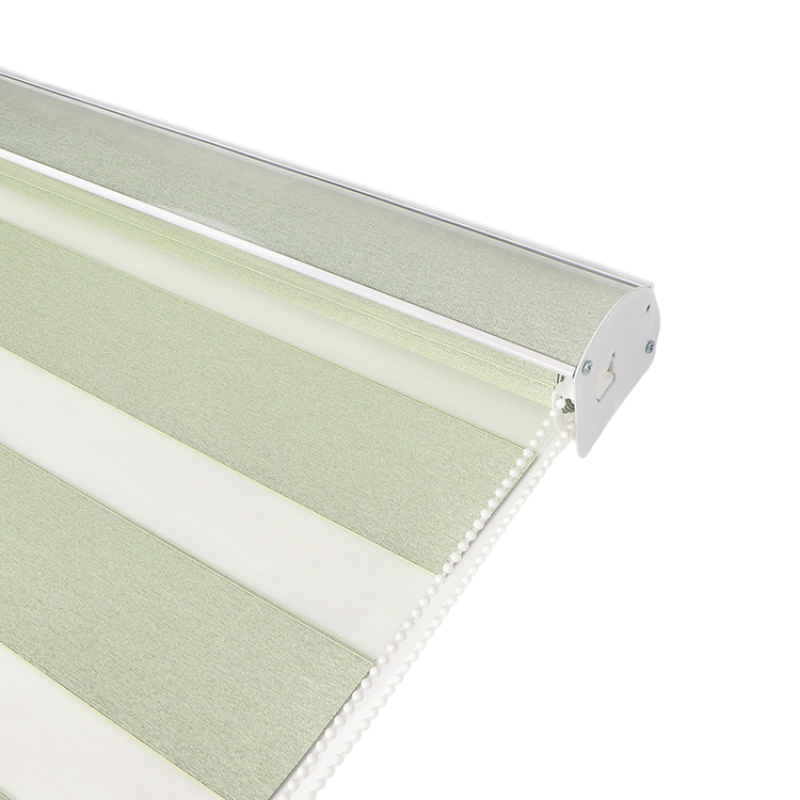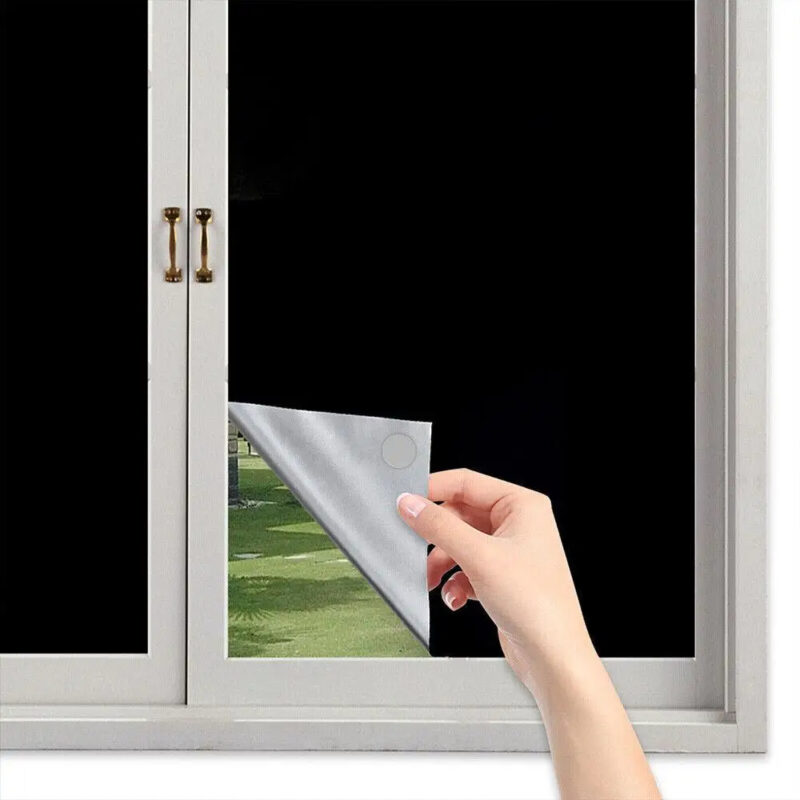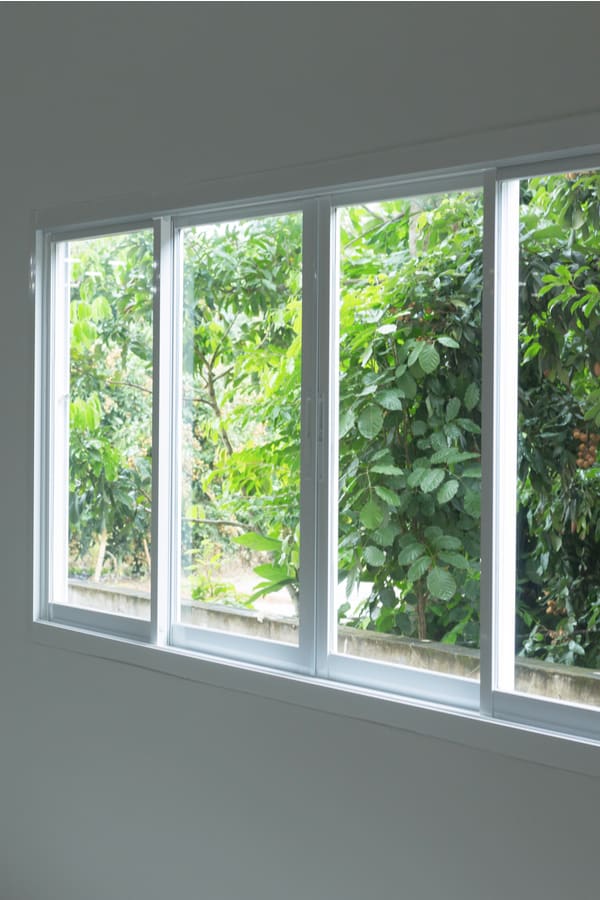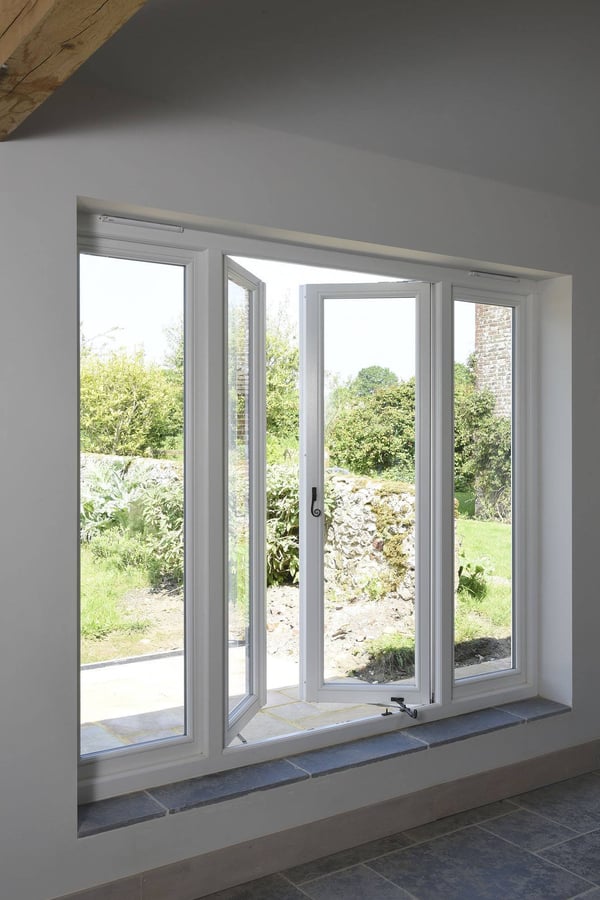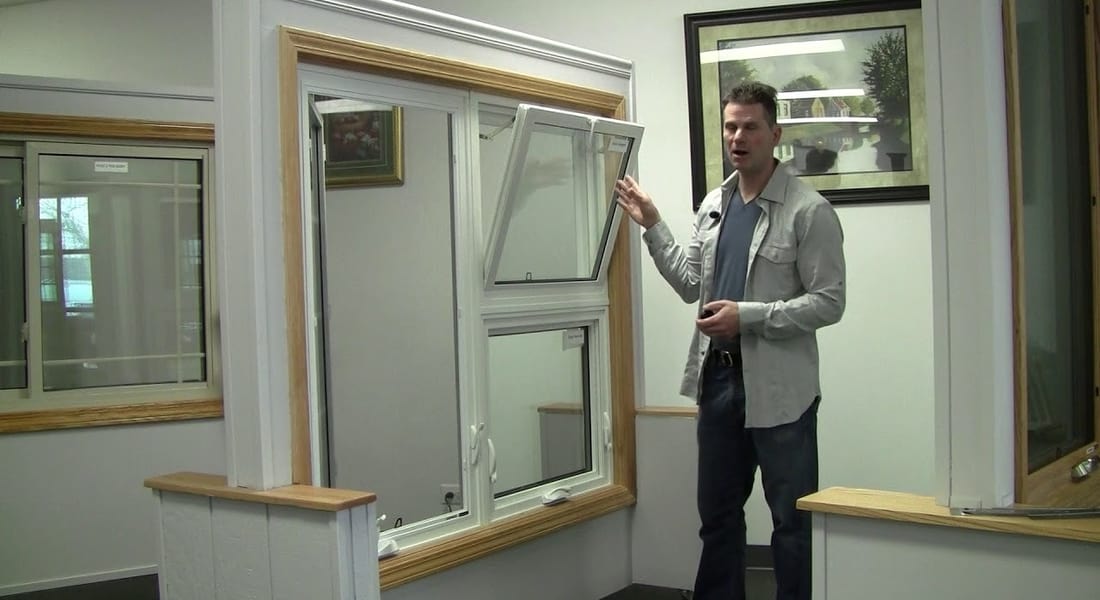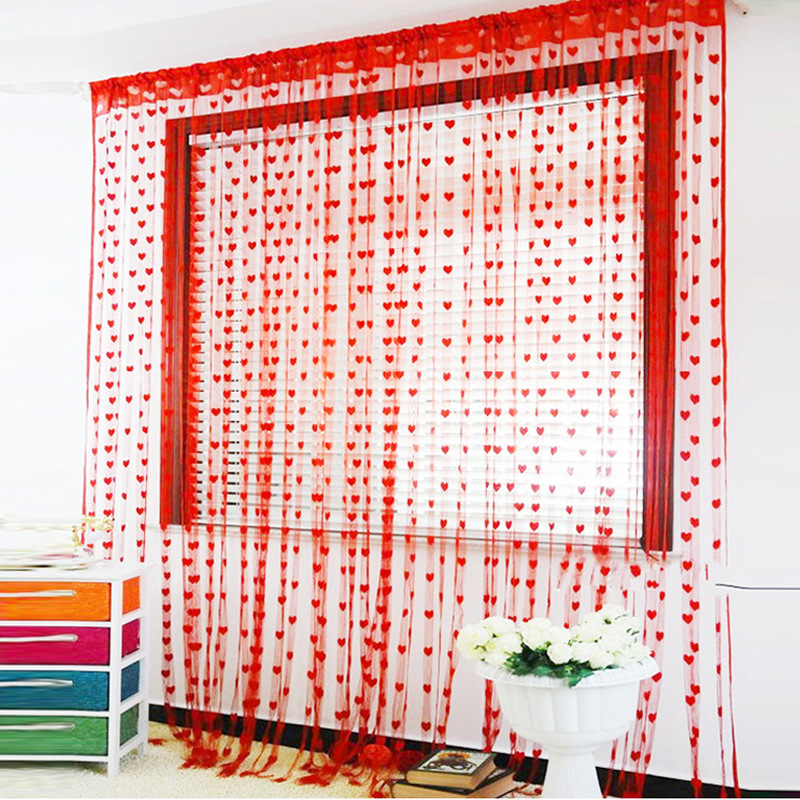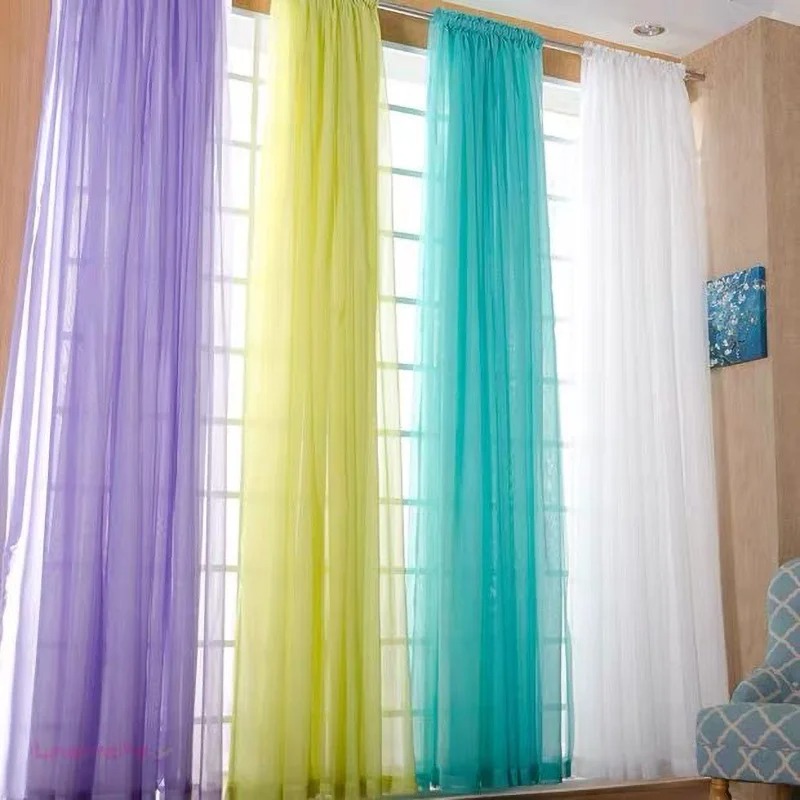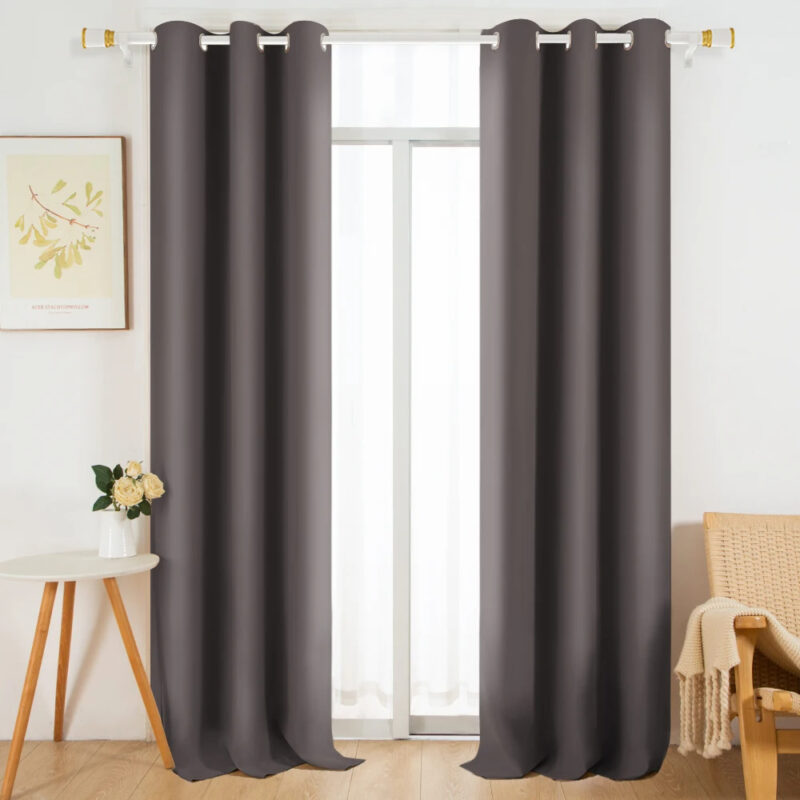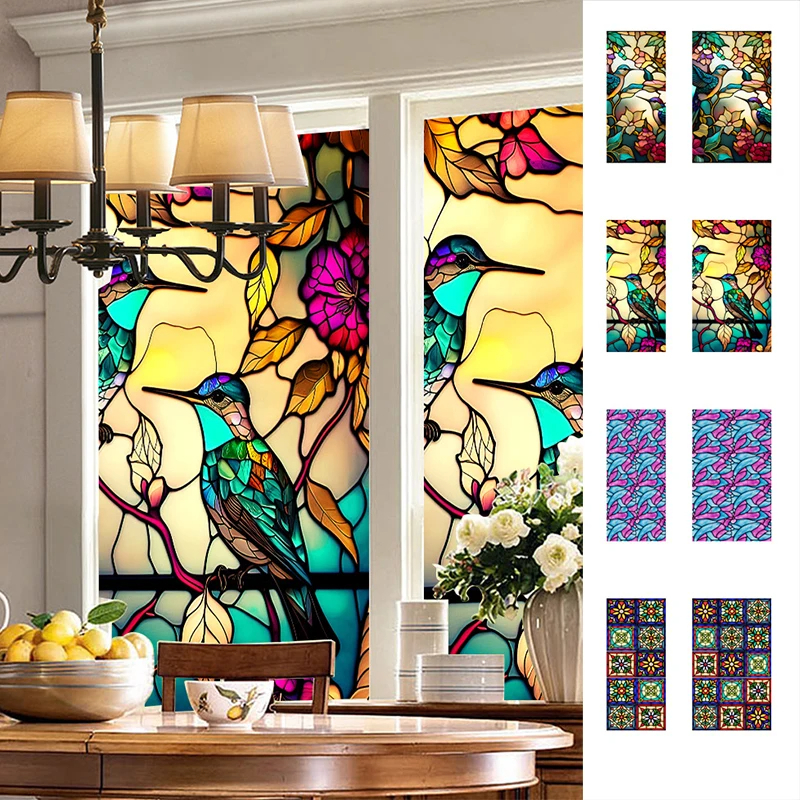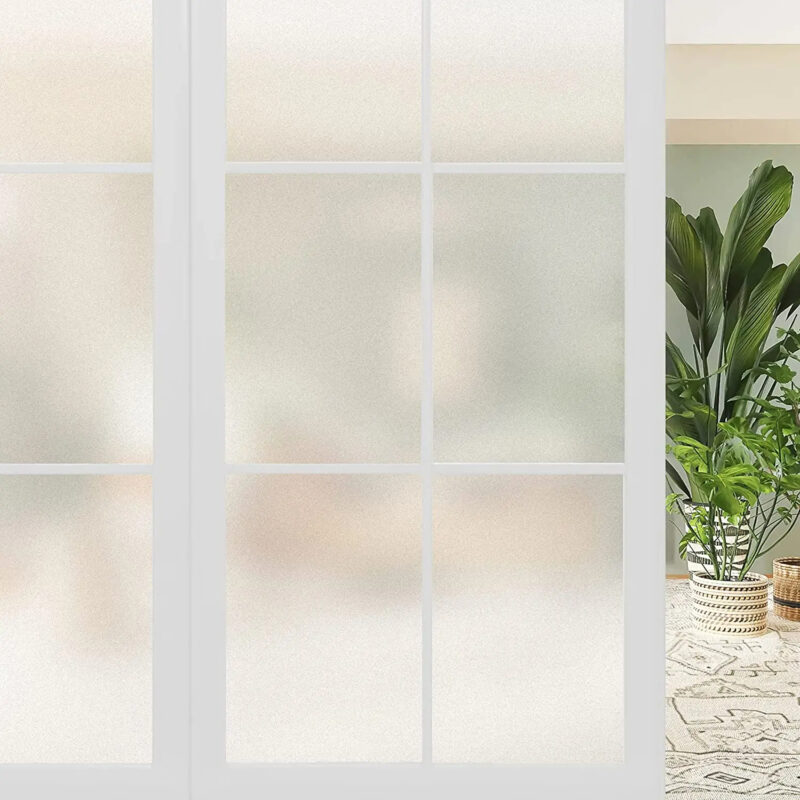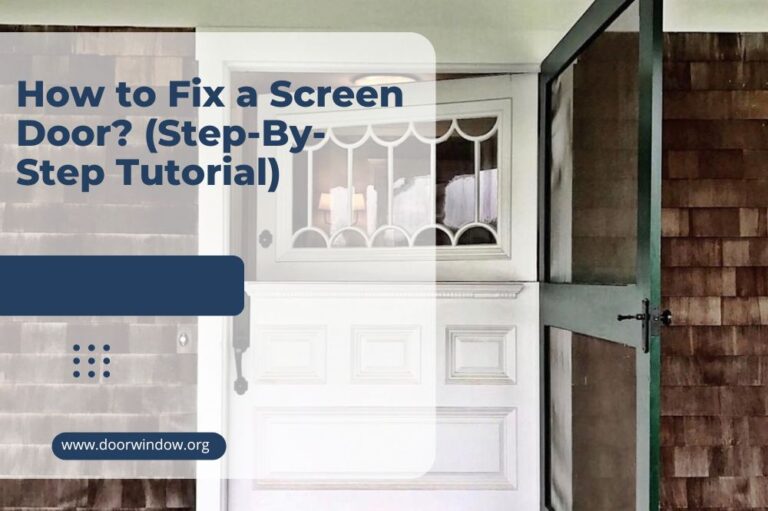Window Sash: History, Styles, Types & Maintenance Tips
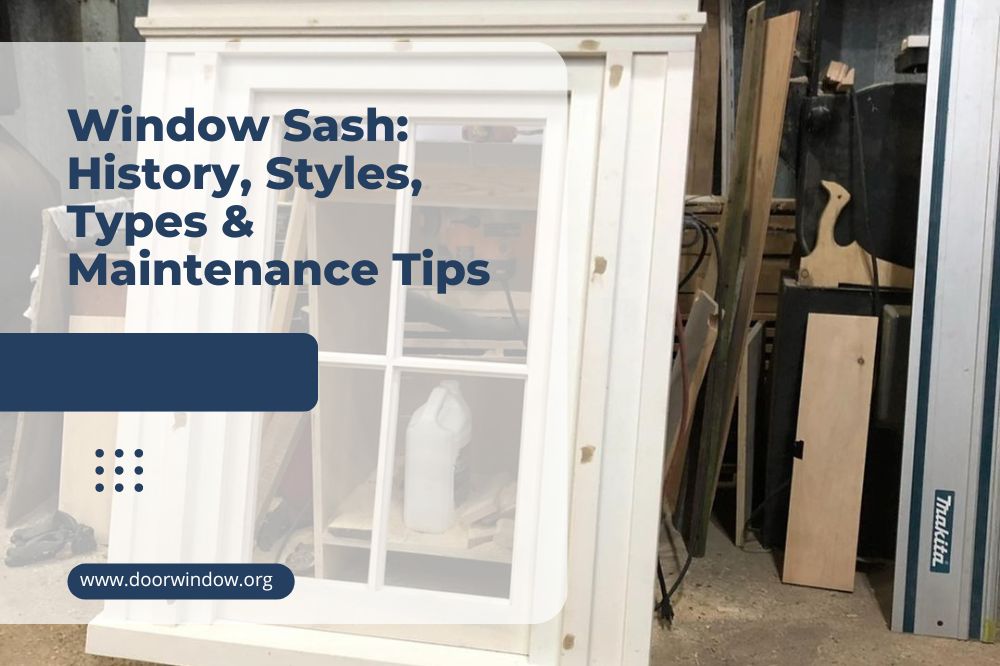
Depending on the architecture of the house, windows vary in materials, shape, and design. However, window sash is always an essential part of each of them. Have you ever wondered what it is exactly and why it is a necessary part of the window?
Well, the sash is not an entire window but just window panes with related parts holding the glass and framework around it to keep the whole construction in place. Basically, window sash fits inside a frame attached to the house walls, and we use it to open and close our windows.
History of Window Sash
Sliding sash windows originated in Europe. If the fire at the bakery of Thomas Farriner in 1666 (during Great Fire of London) had never happened, we wouldn’t have sash windows. After the fire, British lawmakers decided to reduce risks of future fires, so building regulations in the city became much stricter.
The first sash windows slid horizontally, and they were glazed. It wasn’t until the mid-17th century when the French modified original design by introducing a vertical sliding sash window.
Styles of the Window Sash
Hand in hand with art, the architecture of window sashes was changing through history so we can distinguish several styles:
1. Georgian sash (late 18th and early 19th century)
Sash windows were specific with a ‘6 x 6 panes’ pattern. Traditionally used bars hold together smaller parts of glass. Both glazing bars and frames were thinner than later in the Victorian era. Nowadays, the entire purpose of this type of window is decoration only.
2. Victorian Windows (late 19th and early 20th century)
Exceptionally distinctive Victorian-era preferred a two-panel grid design on both the top and bottom window panes. They also included larger glass pieces, and the window sashes were often made of only one glass.
3. Edwardian Windows (early 20th century, to the beginning of World War 1)
Presenting a ‘6 over 2 window panes’ design that helps to deliver the best of both worlds, Edwardian windows became an ideal option for properties dating from the early 20th century.
Why Is A Window Sash Crucial?
The window sash holds the glass in place and contributes to the complete stability of the window. It needs to be airtight and prevent airflow and drafts through the window. Plus, it will increase the energy efficiency of your home.
The misshaped window sash will cause problems, including leaking, mold, and drafts. If you notice that this part of the window is hard to open and close, you possibly have an alignment problem, and you need to get it repaired.
Additionally, the functional sash makes lock the window correct thanks to the window locks. Otherwise, it is considered to be unsafe for children.
Types of Window Sashes
Not all windows have the same window sashes. Depending on the type of window in your house, they are constructed differently.
a). Double-hung windows
It is common in the older, single hung window type that the upper sash is fixed in place, while the lower sash remains operable. On the other hand, double-hung windows feature two operating window sashes that slide up and down. Both types are not complicated to use since you can tilt them while operating.
b). Sliding windows
Sliding windows are almost the same as double hung models. The primary difference is that here the sashes open and close horizontally.
c). Casement windows
A casement window sash is a bit different than the traditional one. This type of windows open and close like doors and operate on a crank.
The sash is connected to the crank system as opposed to being in the frame along a track. However, you need to be careful when opening the sash since strong wind can break it.
d). Awning and hopper windows
Both types of windows have one movable sash. The difference is that awning windows are hinged at the top, and the sash opens outwards with a crank. On the other hand, hopper windows are hinged at the bottom, and the sash tilts open inwards.
Window Sash Components
In the past, window sashes were exclusively composed of wood and glass. Nowadays, manufacturers use different materials to make them, including:
- Wood
- Aluminum
- Vinyl (PVC)
- Fiberglass
No matter what type of windows they are built-in, window sashes need to have certain parts, including:
- IGU (insulated glass unit)
- Glass (glazing)
- Gaskets
- Gas
- Seals
- Window sash frame
- Applied glazing bars
Some window sashes will also have some additional features. They can alter the appearance or improve the functionality of the window:
- Sill
- Draught-proof strips
IGU
The insulated glass unit is the primary feature of every modern window. It is actually an industry term implying a double- or triple-pane collection of glass, seals, gas, and gaskets.
Glass
Term glazing refers to the glass itself within the frame. The double-paned window contains two sheets of glass. While single-paned windows were more common in the past, double-paned windows are a standard for modern windows.
Gas
Most contemporary windows are filled with argon or krypton. They are gasses with neither color nor smell. The best option for the window is krypton, but manufacturers use argon more often. Filling windows with gas is a standard now since it increases their insulation properties.
Gaskets
The glass needs to be sealed into the framework. For that purpose, manufacturers produce highly sealed windows by inserting gaskets made of rubber or TPV (thermoplastic vulcanizates) between window panes and frames.
Seals
Seals ensure an airtight fit between the window panes filled with gas. That way, they help in creating a barrier between the interior of the house and outside low temperatures and keep your home warm.
Window frame
The window frame is a part of the window made of wood, fiberglass, vinyl, or metal. It holds the glass in place. In older windows, the window frame was composed of horizontally positioned rails and vertically placed stiles.
Mullion
Newer double-pane windows often have a mullion. The industry term for this is GBG (grille-between-glass), describing false mullions installed between the sheets of glass. That procedure provides an aesthetically pleasing window and allows more comfortable cleaning.
Glazing bars
If you want to make the window look like it has smaller panes, it is possible to place bars across the panes of glass. In a modern window, manufacturers attach them to the internal and external of the window sash.
However, traditionally, glass panes between the bars were sold separately. The reason was the price of the glass in the past. Once a pane broke, it was cheaper replacing just one its part.
Sill
Most sash windows use a sill on their inside or outside sides. It is mostly a decorative feature. However, the sill can help to protect the window from moisture and rot, as well.
You can also install window boxes or place flower pots and some decorative items on your sill. Plus, if it is large enough, it will be a favorite place for your cat to take a nap there.
Draught-proof strips
If your window doesn’t already have draught-proof strips, you should install them to increase the thermal efficiency of the window sashes in your home. That way, you will prevent cold from coming inside and keep your rooms warm and comfortable.
How to Maintain the Window Sash and When to Replace It?
As with other devices in your home, you need to take care of your window sashes to keep them working. If you have some stylish and old-fashioned ones in your property, they might require more maintenance to stay in good condition.
Newer models of window sashes will need some level of attention as well, including painting and regular repairs. The charm of this part of windows is in its appearance, so you should make some effort and highlight their beauty.
When the window sash breaks, you can purchase a sash replacement kit and repair it. That way, you can save labor costs and avoid a mess in your living room, for example.
Sometimes though, there is no hope to save it. In this instance, you can try to change a single-window sash without replacing the whole window if it is possible. That is also the way to make your windows become much more energy-efficient by investing in the double-glazing glass in your new window sashes.
Many owners of older homes with wooden windows often have problems since wooden frames can rot, swell, or shrink. Therefore, the window sash may become hard for opening, closing, as well as drafting.
If you are one of them and have never replaced your windows by now, then you may consider purchasing replacement windows for your home. You can now use vinyl windows for your home. That is the way to enjoy the look of traditional wood windows without the problems associated with the wood itself.
However, some traditional homes still have aluminum windows, which were popular during the 1960s. The problem is that the aluminum oxidized over time and promotes condensation inside the panes of glass.
Therefore, installing new vinyl energy-efficient window sashes will offer the best quality to your home, although it requires more significant financial investment.

